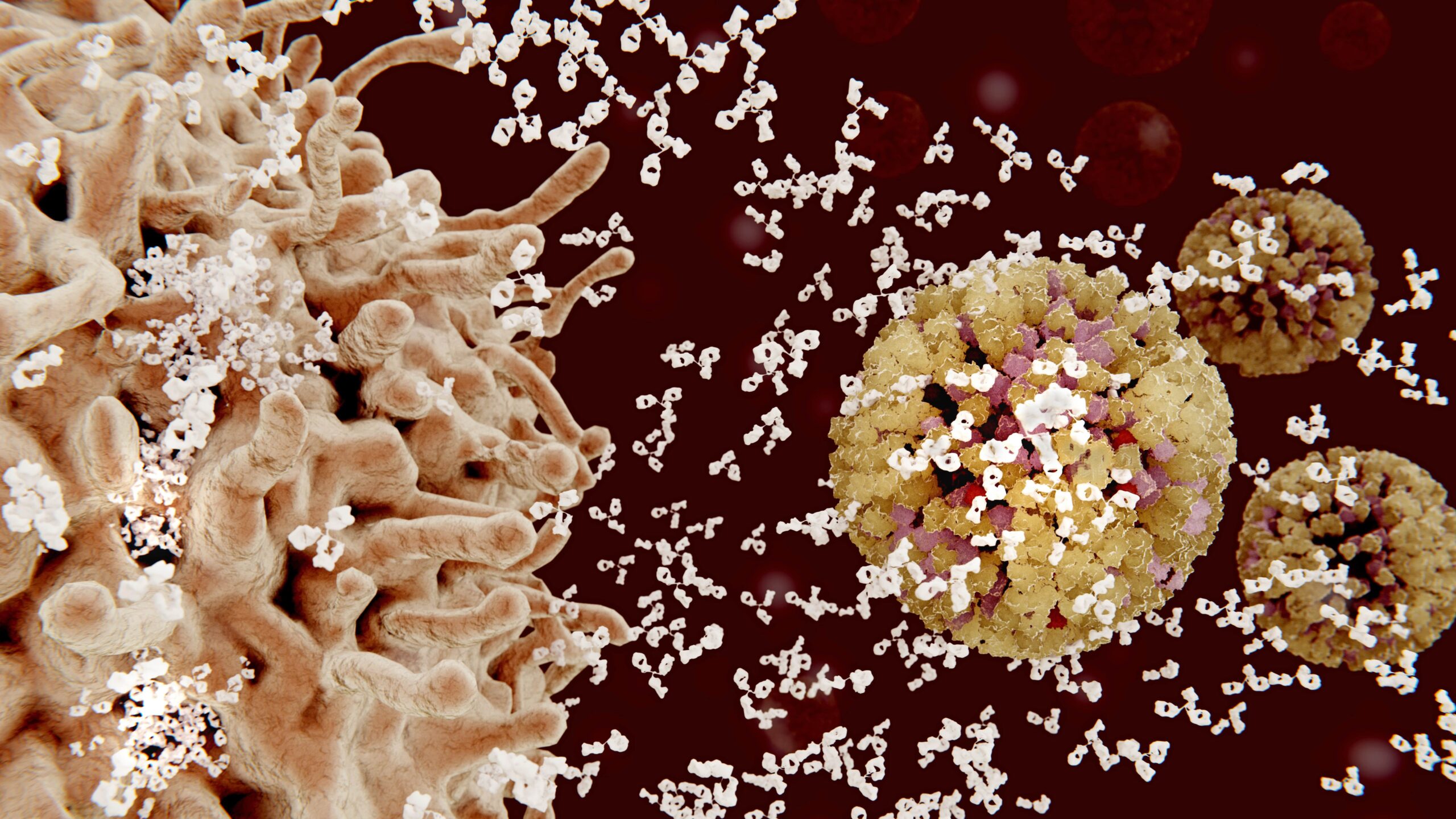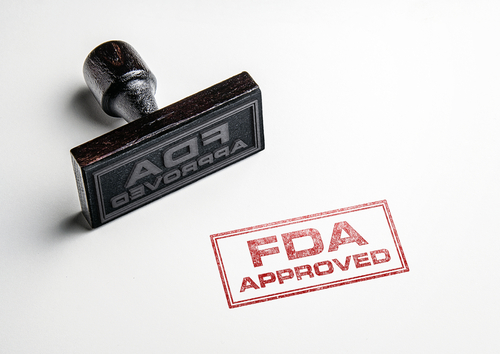
Rituximab is an effective biologic disease-modifying antirheumatic drug used in refractory rheumatoid arthritis (RA), but it has an associated risk of infection. That risk was particularly concerning during the COVID-19 pandemic, when infection risk and disease severity in patients receiving B-cell-depleting therapies were especially high.
For patients with RA, rituximab is typically administered as a high or standard dose (2 times a 1000-mg dose given 2 weeks apart every 6 months). However, previous studies have demonstrated that lower doses of rituximab (500 mg or even 200 mg every 6 months) have been effective for treatment of RA, and “ultra-low” doses resulted in lower incidence of infection. This background led Veeken et al to pursue a recent study that aimed to determine infection incidence in a population of patients with RA using standard low- or ultra-low-dose rituximab, with a focus on the rituximab dose and time since last infusion as predictors of infection.1
The retrospective cohort study enrolled patients with RA on standard low-dose rituximab between April 2012 and April 2021. Because the particular center in the Netherlands, Sint Maartenskliniek, uses only standard low-dose rituximab as the starting dose, patients on standard or high-dose rituximab were not included.
Relevant patient and disease characteristics and treatments/dosages, as well as infection outcomes, were obtained from electronic health records. Infection severity and type were defined using the Common Terminology Criteria for Adverse Events, Version 5.0 and graded 1 through 5, with 3 to 5 classified as serious infections. The authors compared infection incidence rates (IRs) between most recent rituximab dose and time since last infusion using a mixed-effects Poisson regression analysis.
The study found 610 patients with RA who were started on rituximab between 2012 and 2021. They observed 819 infections over 1254 patient-years. Most infections were mild, and respiratory tract infections were the most common. The infection IRs were 41, 54, and 71 per 100 patient-years for doses of 200 mg, 500 mg, and 1000 mg, respectively.
Ultra-Low Rituximab Dose in RA Spares Infections
Infection IRs were significantly lower for the 200-mg dose compared with the 1000-mg dose (adjusted incidence rate ratio, 0.35; P=.004). No significant differences between rituximab dose and IRs of serious infections were observed. Patients treated with higher doses (500 mg or 1000 mg) were noted to have more frequent infections within the first 2 months after infusion, while the 200-mg dose was associated with infections later in the treatment cycle.
This study demonstrated that overall infection risk appears significantly lower in patients with RA treated with ultra-low-dose rituximab (200 mg) compared with the standard low dose of 1000 mg. Ultra-low-dose rituximab (200 mg) is also associated with less infection risk in the first 2 months after infusion compared with higher doses.
Importantly, the authors could not correct for disease activity in this study, and they did see an increase in the use of intramuscular corticosteroids toward the end of the treatment cycle in the rituximab 200 mg group compared with the 1000 mg group. This finding could be due to higher disease activity, but the researchers could not rule out potential confounding.
The study’s limitations include its retrospective design and location in a single country, which may not reflect outcomes in other diverse populations. Additionally, the authors pointed out that residual confounding may be present, as several variables—disease activity, vaccination status, and use of prophylactic antibiotics—were not collected.
However, the study provides interesting real-life data on lower incidence of infection risk with ultra-low-dose rituximab. Future interventions should focus on ultra-low dosing, the authors wrote. Physicians can consider offering rituximab 500 mg and 200 mg to patients with RA in sustained remission rather than continuing the standard, higher 1000-mg dosage, they concluded.
Reference
- Veeken LD, Opdam M, Verhoef LM, Popa C, van Crevel R, den Broeder AA. Infection incidence, timing, and dose dependency in rheumatoid arthritis patients treated with rituximab: a retrospective cohort study. Rheumatology. 2023.







 © 2025 Mashup Media, LLC, a Formedics Property. All Rights Reserved.
© 2025 Mashup Media, LLC, a Formedics Property. All Rights Reserved.